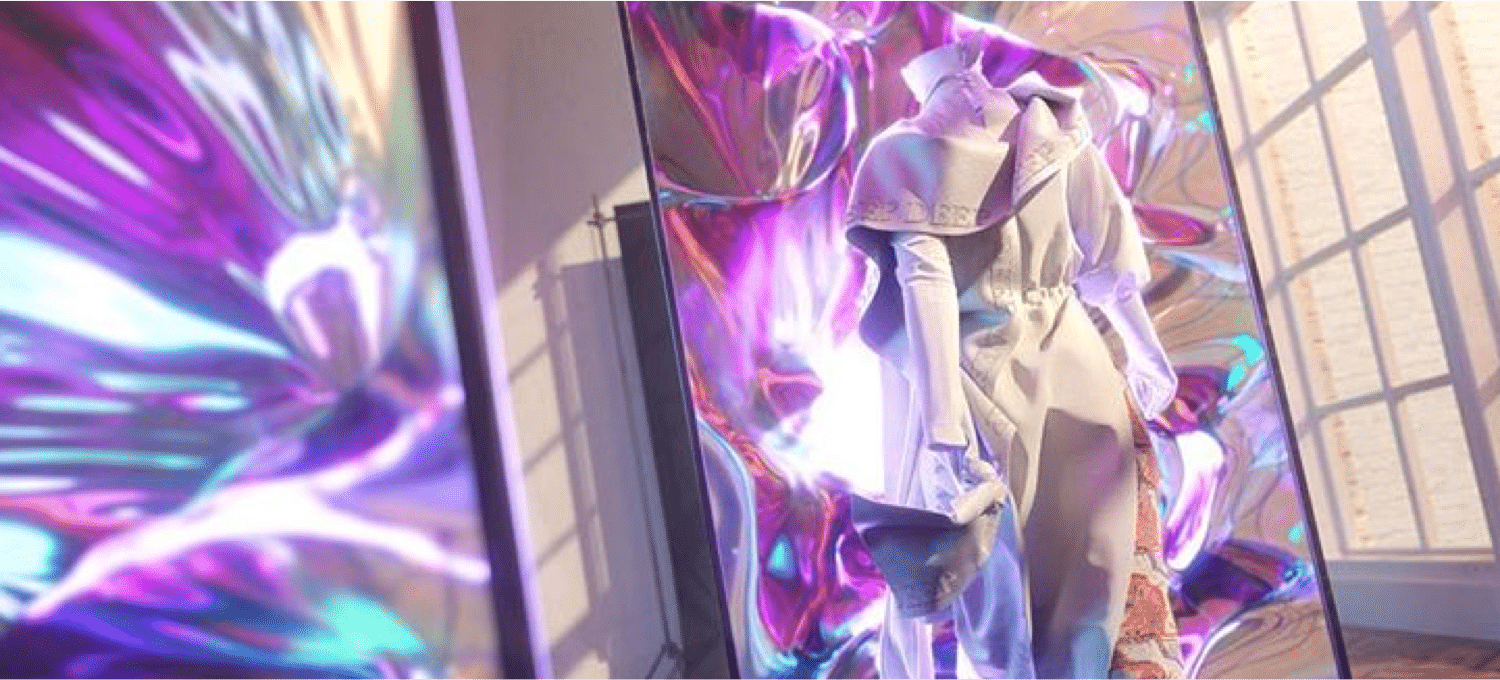Wearing a dress that doesn’t exist? At a time when augmented reality is setting the tone for new innovations, a piece without yarn or stitching has been created by the Dutch designer The Fabricant, in collaboration with Dapper Labs and the artist Johanna Jaskowska. More surprising still, this one-of-a-kind piece was auctioned on the blockchain for almost $9,500, a first in the fashion world.
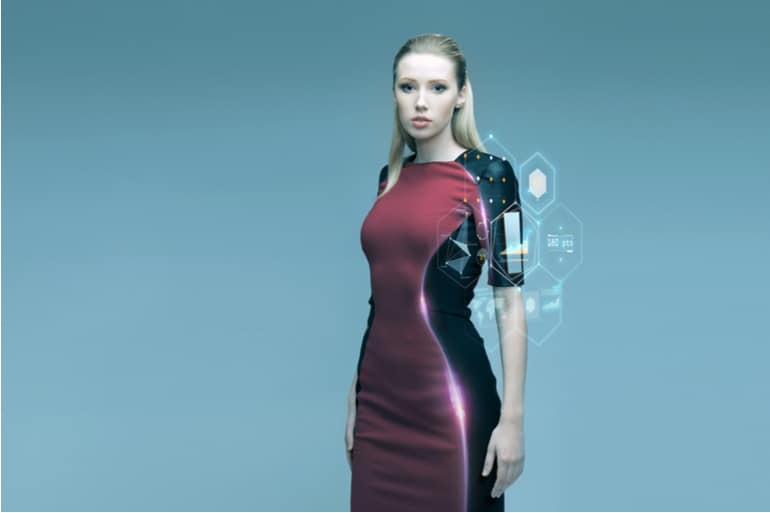
Influence and ecology
Following on from virtual influencers such as Sophia and Liam Nikuro, it’s the turn of the clothes themselves to transcend the laws of physics. Given the rise of augmented reality, these pieces that you cannot touch can only be worn virtually, adorning our figures on social media in particular.
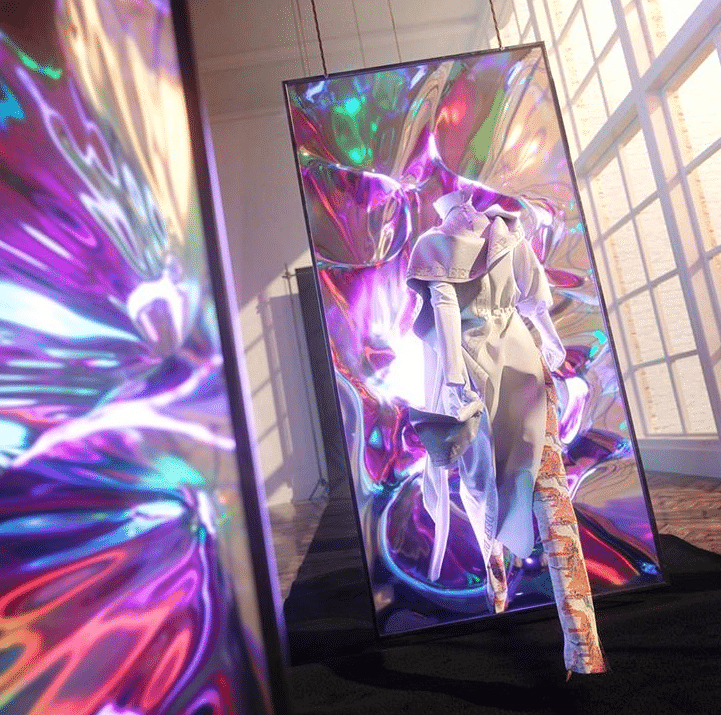
Soon we will therefore be able to be seen in an Instagram post wearing an outfit that doesn’t exist. It is a way for bloggers and other 4.0 influencers to endlessly renew their wardrobe – their famous #OutfitOfTheDay being right at the heart of their business – without falling into excessive ready-to-wear consumption. In the light of the demand for novelty, many pieces proudly sported on their account are nonetheless relegated to the depths of their well-appointed wardrobe the next day, generating via their followers a turnover of looks that is often frightening… and above all polluting.
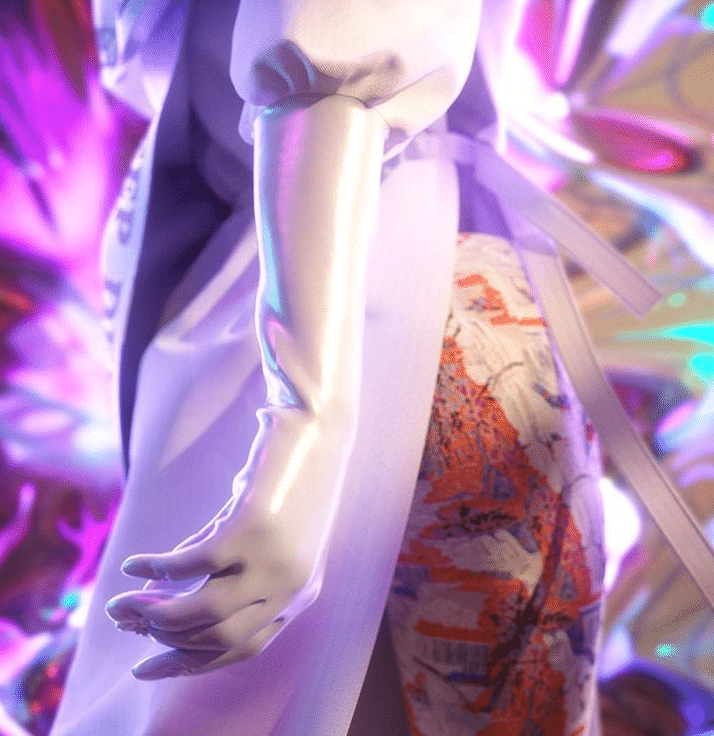
The result? Goodbye fast fashion and its harmful impact on the planet, the ecological footprint of virtual clothing being virtually nil, although digital pollution is starting to come under fire, especially 5G on the way. At least this is the promise made by British brand Carlings, with pieces attractively priced under 20 dollars. But it is not the only one.
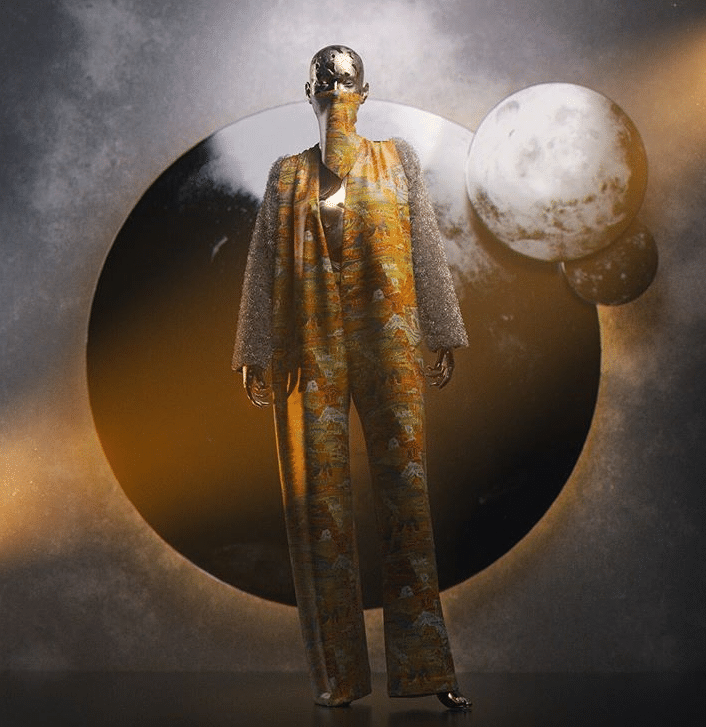
Artificial intelligence and design
Beyond Instagram, the challenge of these virtual clothes lies above all in integrating artificial intelligence into the design process, instead of a design studio. This challenge has already been met by the label Glitch, which has just launched a collection of little black dresses, generated by artificial intelligence and then created by a pattern maker who brings them to life. The brand also offers an unprecedented customisation tool that allows customers to create their own design and wear a little dress to match their personality.
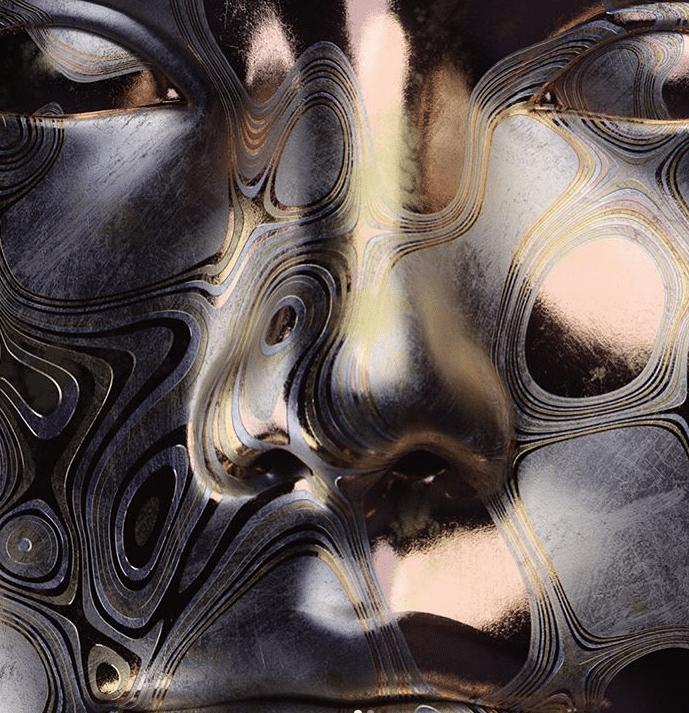
This is a way of meeting consumers’ expectations as closely as possible, as well as collecting a host of data about their tastes and preferences. Luxury is undoubtedly set to appropriate this global trend for personalised targeting and optimised user experience without delay.

